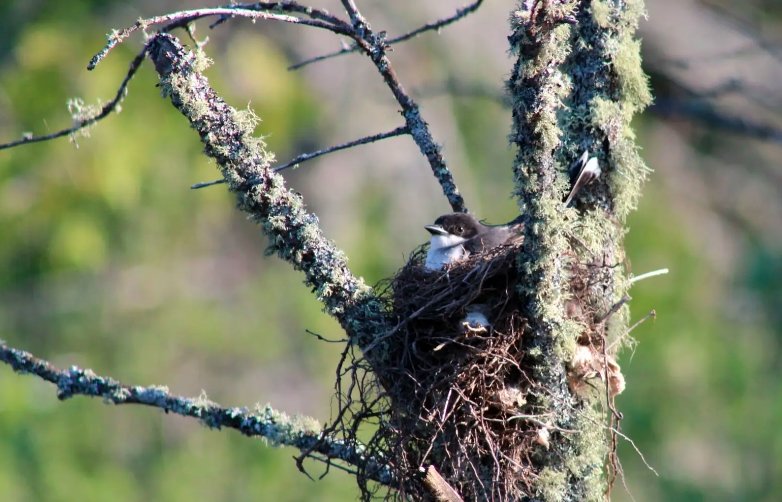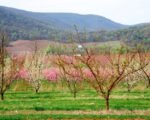As spring unfurls its colors, our communities often become host to more than just new blooms. Birds, in their quest for the perfect nesting spot, can turn our porches, eaves, and yards into their new homes. But what should you do when a feathered family moves in?
Understanding Avian Architecture
Birds are master builders, with each species boasting its own unique style of nest. From the robin’s classic cup to the elaborate weaves of an oriole, these structures are marvels of natural engineering. Observing these nests can be a delight, but it’s important to respect the birds’ space and avoid any interference.
Nests can be found in surprising places, and while it might be tempting to take a closer look, it’s crucial for the safety of both the birds and their potential offspring that we keep our distance. Disturbing a nest can lead to abandonment or make it vulnerable to predators.

The Legalities of Nesting
In many places, laws protect nesting birds, their nests, and eggs. Before taking any action, it’s important to be aware of and understand these regulations. Typically, once a bird has begun to lay eggs in a nest, it is protected, and disturbing it can be against the law.
If a nest poses a genuine problem, such as being located in a hazardous area or causing significant property damage, it’s best to seek advice from wildlife professionals. They can provide guidance on how to proceed without breaking any laws or harming the birds.
Coexisting with Our Feathered Friends
Living alongside nesting birds can be a rewarding experience, offering a chance to witness the cycle of life right outside our windows. By providing bird-friendly environments, such as planting native flora and providing water sources, we can encourage birds to nest in more appropriate spaces within our communities.
When birds choose to nest in human-occupied areas, it’s a sign of trust and should be treated as a privilege. With a little understanding and patience, we can ensure that our communities remain welcoming havens for both people and wildlife.













